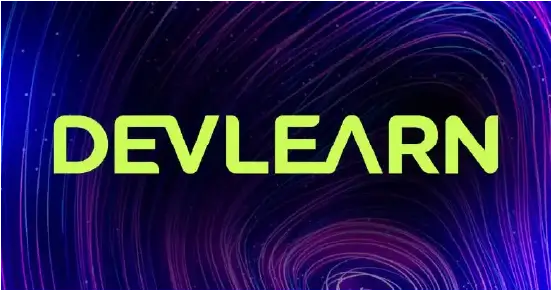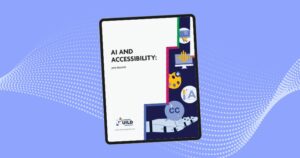This week’s lead article in Learning Solutions should set the direction for 2022 eLearning:
“HR and leaders rank digital acumen, which is seen as ‘a significant predictor not only for digital transformation readiness, but also for innovation and responding to the competitive environment,’ as a must-have skill… This gap is bad for business.”
From virtual reality to changes in organizational structure, and from finding ways to implement artificial intelligence through a virtuous circle, figuring out whether the Metaverse is the answer to injecting diversity, equity, and inclusion into the enterprise, we do not lack for ideas. What we need is a way to implement them in a way that can defeat the silo walls inside our organizations. Here are some ideas.
Start simple
It is surprising that there are still many organizations that do not have a learning management system, or business units within organizations that have not implemented an LMS that is matched to the unit’s particular strategy or role. And finally, it is not at all unusual to find that the business model or strategy for an entire organization has changed but not the learning management system. If any of these situations describes your eLearning implementation, the basic action to take is to add or update your LMS. As Brian Westfall, principal analyst at Capterra, pointed out on the Capterra blog, for employees working remotely, an LMS administers learning content and ensures that upskilling support is available no matter where the employees are.
Upskill L&D employees in 2022
As instructional development becomes more interdisciplinary and interwoven with approaches borrowed from software development, there are skills that instructional developers must add to their repertoire. Among these are technical and interpersonal skills needed to keep pace with rapidly evolving and newly emerging technologies. In their 2021 hype cycles, Gartner included this thought: “Through 2026, the leading organizations will be those that create a solid and resilient business foundation to build new opportunities against a background of continued economic and strategic uncertainty.” L&D must develop the skills of their teams to support technology innovation.
Implement change in a way that redirects organizational culture
In her March 3, 2022 webinar, “How AI Spurs Employee Engagement and Innovation at Levi Strauss & Co.”, Katia Walsh, chief global strategy and AI officer at Levi Strauss & Co., explained how recent changes to AI implementation at her company not only enables employees to learn to use AI to improve their performance, but also to positively improve organizational culture.
At Levi Strauss & Co., tech and non-tech workers learn about AI through corporate boot camps, which has led to new initiatives in product design, operations, and customer engagement. In the same webinar, David Kiron of MIT SMR reported on a study that showed a range of additional benefits from implementing AI. 58% of the participants saw improvements in efficiency and decision quality arising from AI implementation. The effective use of AI changes team culture, and Walsh noted the same improvements.
Walsh said the boot camps, which were eight weeks long, did not require programming or formal degrees, although attitude and aptitude were also important. On completion of the boot camp, employees returned to their old jobs and applied their new skills.
The returns can be surprising
If you look at the experience associated with bringing technology into the practice of learning and development (L&D), you soon realize one thing: It’s not the technology that’s the problem with automating L&D. It’s the culture.









